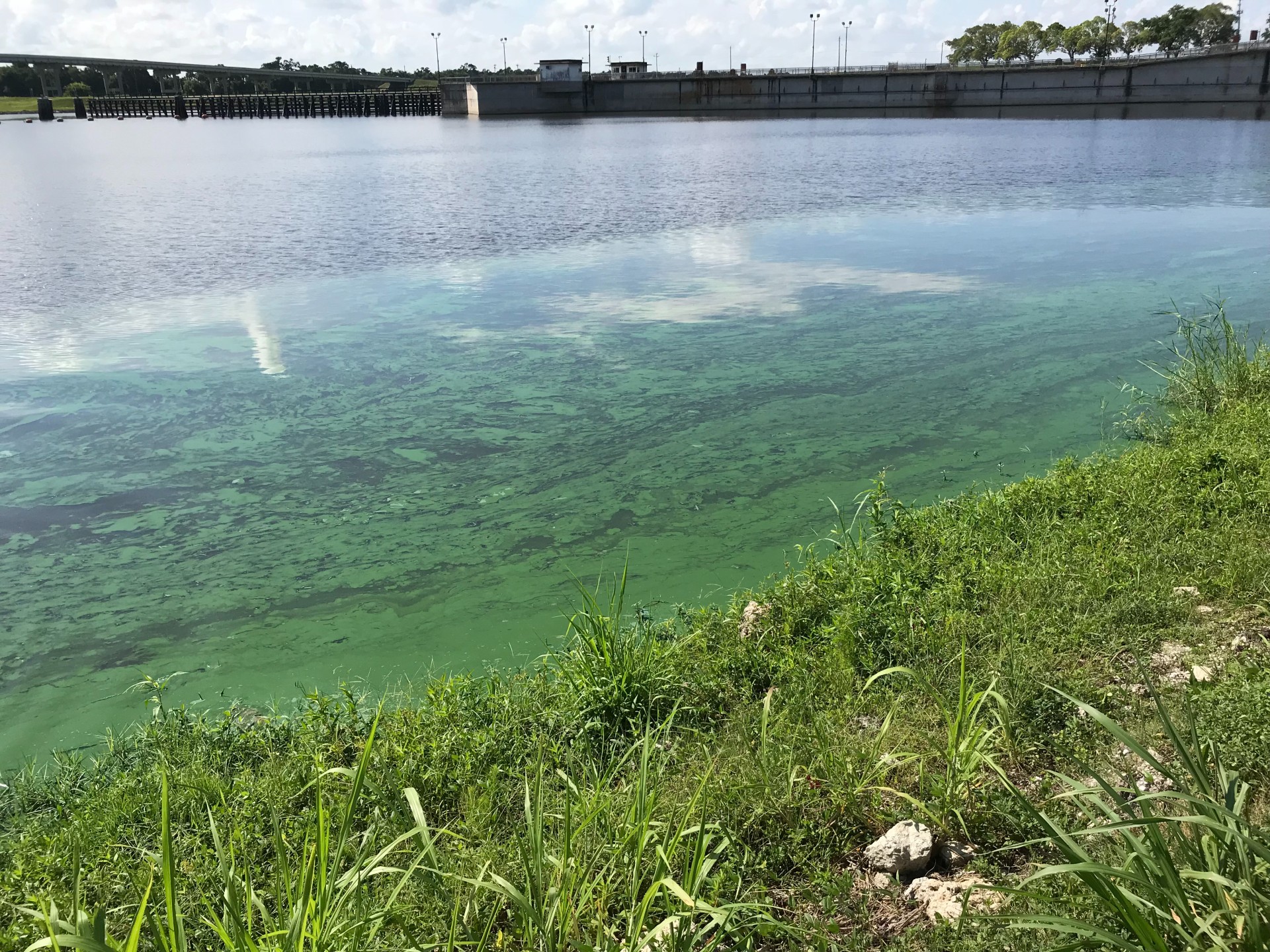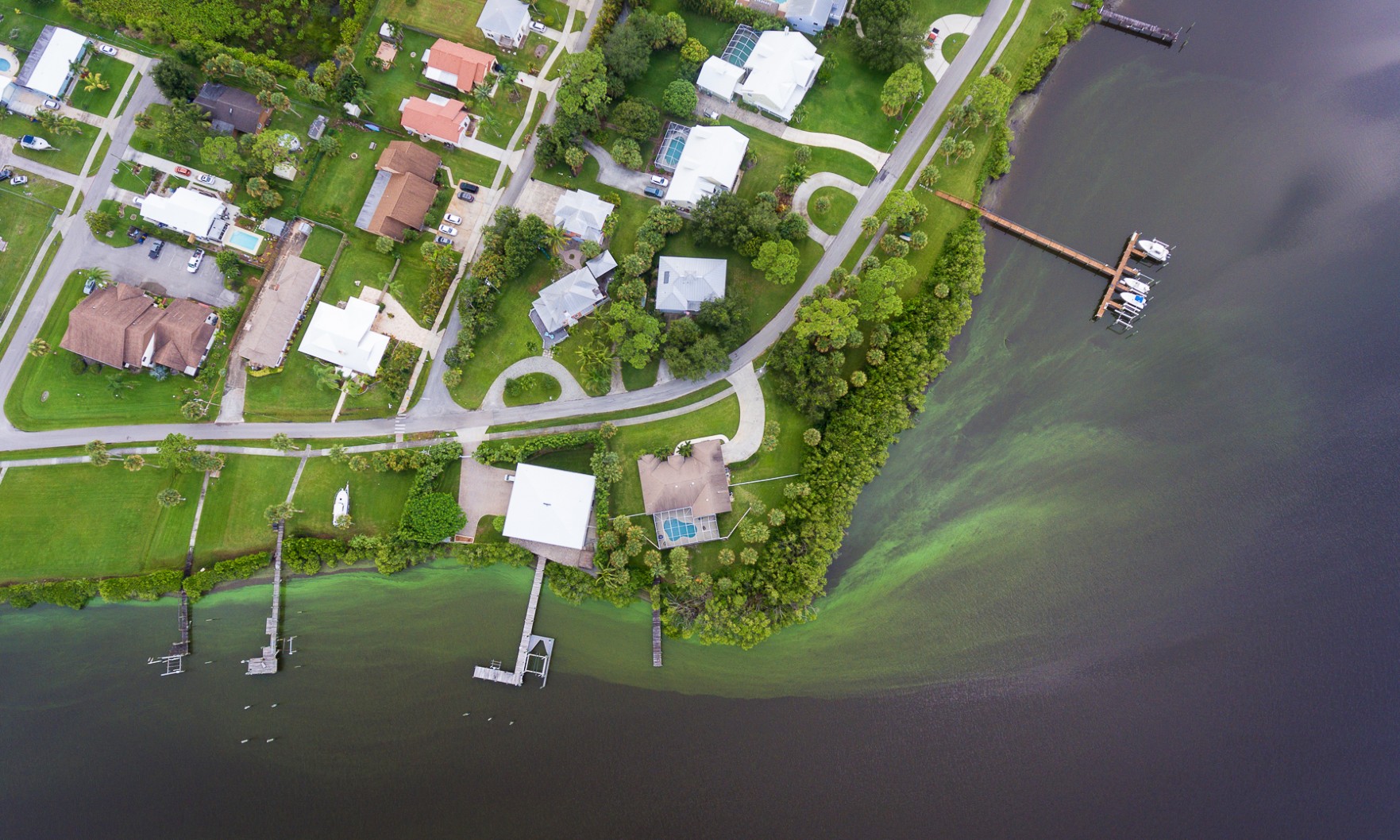Millions of dollars in South Florida property values hang in the balance as the state debates how to restore and protect the Everglades.
The connection between the state’s water quality and its real estate has been made clear in the last decade, during which time algae blooms and rising temperatures have threatened the waters in the Everglades and on the Gulf and Atlantic coasts.
A 2015 study from Florida REALTORS showed that discharges of Everglades water into coastal estuaries reduced the value of properties significantly. In Martin County, which had a large blue-green algae event, property values dropped by an estimated $480 million.
“When polluted water goes east and west [from Lake Okeechobee], real estate value plummets,” said Everglades Foundation CEO Eric Eikenberg, citing public health and environmental concerns but also aesthetics.
The foundation is on a mission to protect and restore the Everglades, and its work could – by some estimates — fuel a billion-dollar boost to Florida’s real estate industry.
Restoration efforts
Everglades Foundation representatives recently spent several days touring the Everglades and learning more about the environmental impacts of rising temperatures on Florida’s water.
“We spent the day in Islamorada meeting with the local chamber of commerce, folks from Baptist Health, Realtors and fishing guides,” Eikenberg said. “It gave us a chance to talk about what’s happening in Florida Bay, and we’re able to see the effects that the warm temperatures are having on the bay.”
In 2021, high temperatures led to high salinity levels and harmful algal blooms that threatened the area’s manatee population and were detrimental to some of the area’s real estate.
The foundation’s recent Everglades tour coincided with the 10th anniversary of the “lost summer,” a water crisis event in 2013 during which discharges from Lake Okeechobee flooded the Caloosahatchee River and contaminated Florida’s water on the East and West coasts. This led to a massive blue-green algae bloom in St. Lucie, causing sea vegetation and wildlife to die off and, consequently, crushing the area’s tourism-centered economy that summer.
St. Lucie rebounded from the lost summer, but the threat of large-scale algal blooms are still very real in Everglades-adjacent bodies of water.

Blue-green algae on Lake Okeechobee in 2021 (via Everglades Foundation)
Lake Okeechobee remains a very sick body of water, Eikenberg said. Almost the entire phosphorus-rich lake is impaired by an algae outbreak. With excessive heat and rainfall, the water levels rise, sending the contaminated water — and the algae — into waterways to the east and west. As a result, the Cape Coral/Fort Myers area is expecting algae blooms this summer.
Stephen Ngo, a Realtor at Premier Realty Group of Sewall’s Point in Stuart, near Port St. Lucie, has experienced the negative effects of poor water quality firsthand while working on waterfront developments.
“I was involved in permitting, dirt up to top off, on a luxury condominium called River House,” Ngo said. “We started the process in 2017. In 2018, as we’re about to go vertical, there was the most recent significant blue algae bloom in Stuart.”
The algae bloom prompted questions from buyers for Ngo and his team as they started presales at River House. Would this happen frequently? Does it make the water toxic? Is this a yearly event? Waterfront properties quickly became stigmatized.
Ngo said efforts to clean up waterways have helped. Stuart hasn’t seen any significant algae blooms since 2018.
“So much of our livelihoods and allure comes from the waterways. It’s very important that we, in addition to keeping property values up, are aware of regulations when it comes to water quality,” Ngo said. “It’s in Realtors’ best interest to be proactive, choose local officials that support water quality, and be aware of what the state and federal government is doing to help us avoid situations like that.”
Possible solutions
The Everglades Foundation says a reservoir is the best way to store, clean and redirect excess water from Lake Okeechobee.
“We are laser-focused on ensuring that the U.S. Congress provides the money needed to build this reservoir,” Eikenberg said. “The reservoir won’t be an immediate fix, it will take six years to build, but by 2029 or 2030, we’ll have a reservoir holding roughly 120 billion gallons of water that will flow into the Everglades and will cut discharges to the east and west significantly.”
According to projections, the Everglades Agricultural Area Reservoir will reduce discharges into coastal estuaries by 55%. This will, in turn, reduce algal blooms and red tide and at the same time protect property values.
Everglades Foundation Chief Economist Paul Hindsley, PhD, says that economics provides the bridge between science, public policy and practice. “We like to show those parts of the economy and show how restoration of the Everglades influences these sectors and how not restoring it might also impact them.”
Eikenberg says the best way for Realtors to get involved is to engage with their local and state government representatives.
“To fix our water supply, we need massive infrastructure,” he said. “We need Washington and Tallahassee to ensure that the dollars will flow aggressively to the Everglades.
“We need to do all we can to protect the Everglades for generations to come. We want this decade to be the decade of the Everglades.”

